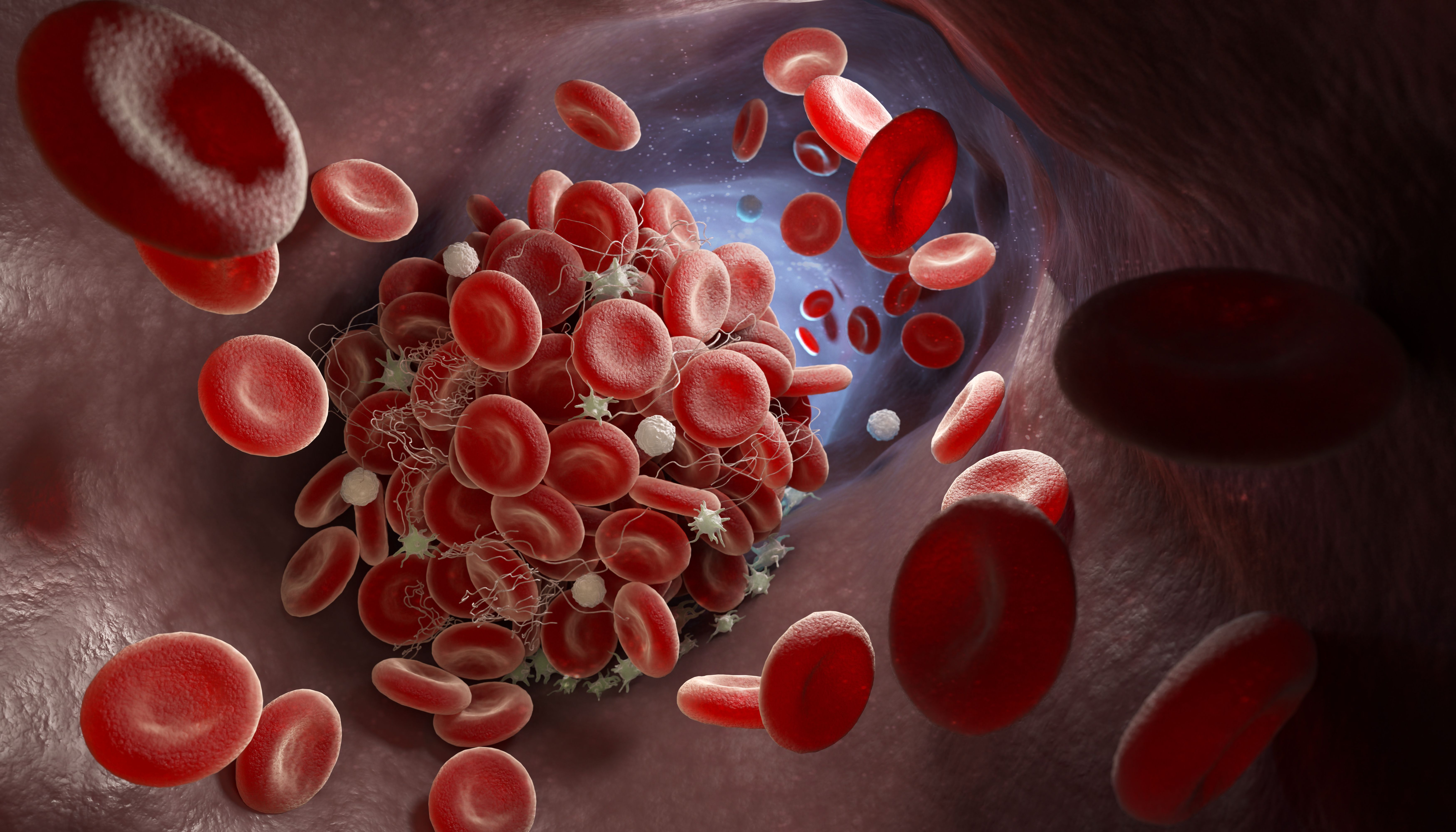Video
MPN Hero Advocates For Individualized Patient Care
Author(s):
Patients with rare blood cancers are not all the same, and this understanding has helped Dr. Irum Khan become an advocate for people with these conditions — and an MPN Hero.
At its 2019 MPN Heroes recognition program, CURE® had the chance to honor the heroes who make a difference for peoples with rare blood cancers known as myeloproliferative neoplasms (MPNs), including researchers in the field — like Dr. Irum Khan — who work intimately with patients.
An assistant professor of clinical medicine at the University of Illinois Cancer Center, Khan specializes not only in treating MPNs but also in working with patients with these conditions who have limited resources to put toward their treatment. The University of Illinois Cancer Center treats a patient base that includes vulnerable populations whose members are often unable to advocate for themselves. In addition to conducting clinical research for the center, Khan steps in to help provide these patients with the logistical and financial resources they need to continue their treatments. Through that role, she has become a strong advocate for personalized care.
CURE® spoke with Khan at the MPN Heroes event about how she has come to look at each patient as an individual and found ways to understand and address their needs.
TRANSCRIPTION
The burden of symptoms our patients live with is sort of an emerging field. I think we're learning more about it now. When I was in my early years of training, the focus was more on the biology and the immediate medical complications, but (now,) with the symptom score and the utilization of the symptom assessment form, we're really able to hone in on what's bothering our patients.
I feel like this field is a little bit unique in that patients can have very different issues. They can have the same disease, the same mutations, but have a very different set of clinical symptoms. And at the end of the day, that's what they want fixed. They want their problem addressed.
Sometimes, just kind of ticking off the box to make sure we lower their risk of a clot and keep their blood counts below a certain amount may not give them the tangible benefit that they were seeking. They may actually really want something to fix the fact that they have headaches, or they have ringing in their ears, or they're constantly itching, or some of them have bone and joint pain.
It’s been a learning curve for me, with the trials and the adoption of the symptom assessment form and meeting with colleagues nationally and seeing how they incorporate this into their clinical practice, because it's not very routine for hem/onc physicians to have a symptom assessment form in the workflow of a busy clinic. They're trying to figure out logistics of how people are doing it, when they're giving it to their patients.
Trying to incorporate it into my clinical practice has been really useful, because it touches on many things that I may not, in the course of a clinic, really hone in on. And this will just direct me to that, and I think that that makes it a better and more therapeutic alliance.
I also think it sets a good example for our trainees to realize that, beyond the sort of book knowledge and the board question-type stuff, there's a patient with a whole set of symptoms that we have to address, because that patient's not going to be happy until we do that.




